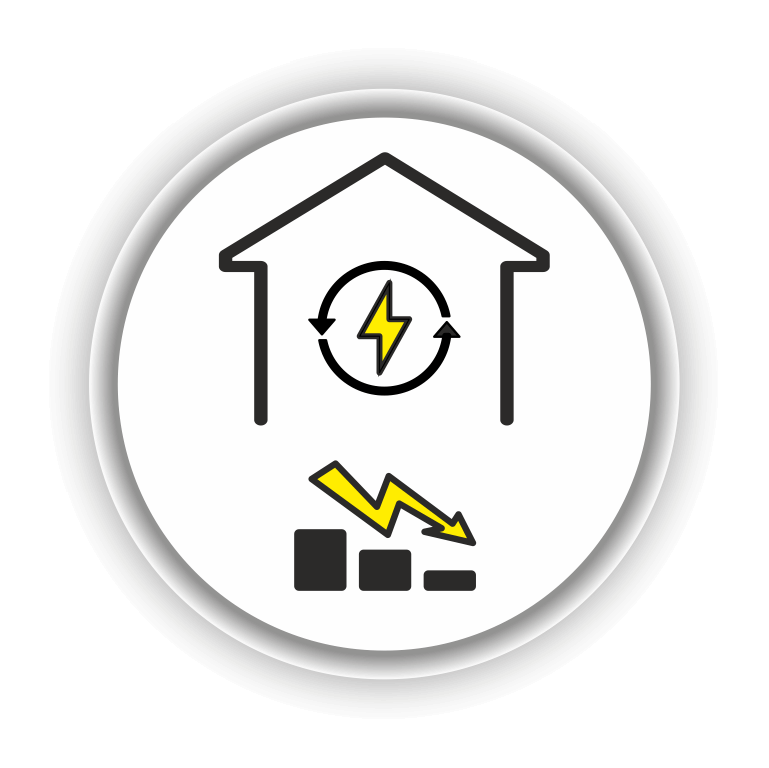Lever 3
KappaQ-Energy Recovery
The third lever »Recovery« emphasizes energy recovery.
Finally, recovered and reused residual energy massively reduces the primary energy requirement. One of the core energy resource concepts in ventilation technology is the recovery of excess heat from the exhaust air flow. Heat recovery makes energy that would otherwise be diverted and thus lost usable. This saves heating energy and costs. Because the energy that is recovered no longer has to be generated from scratch.


